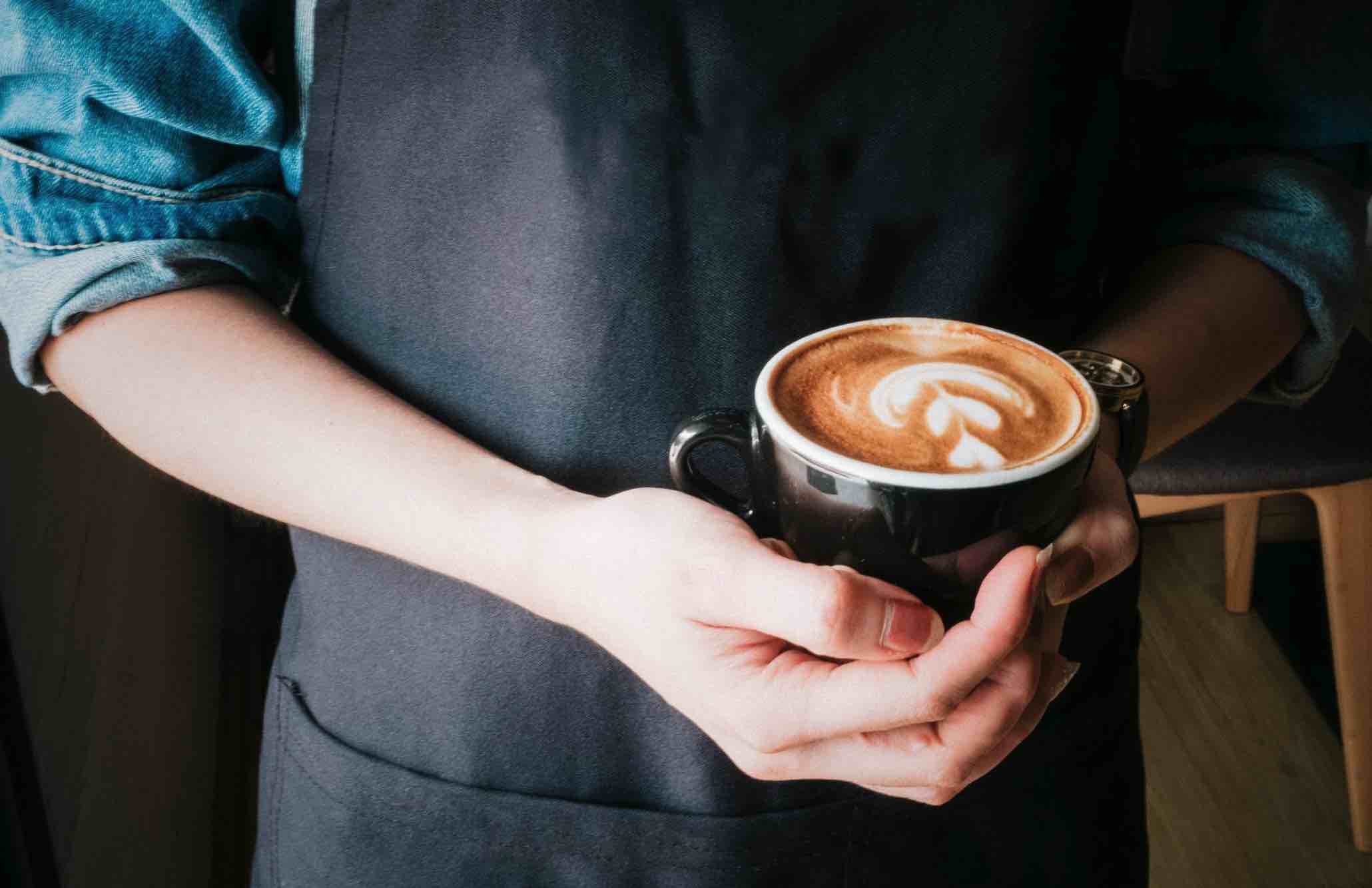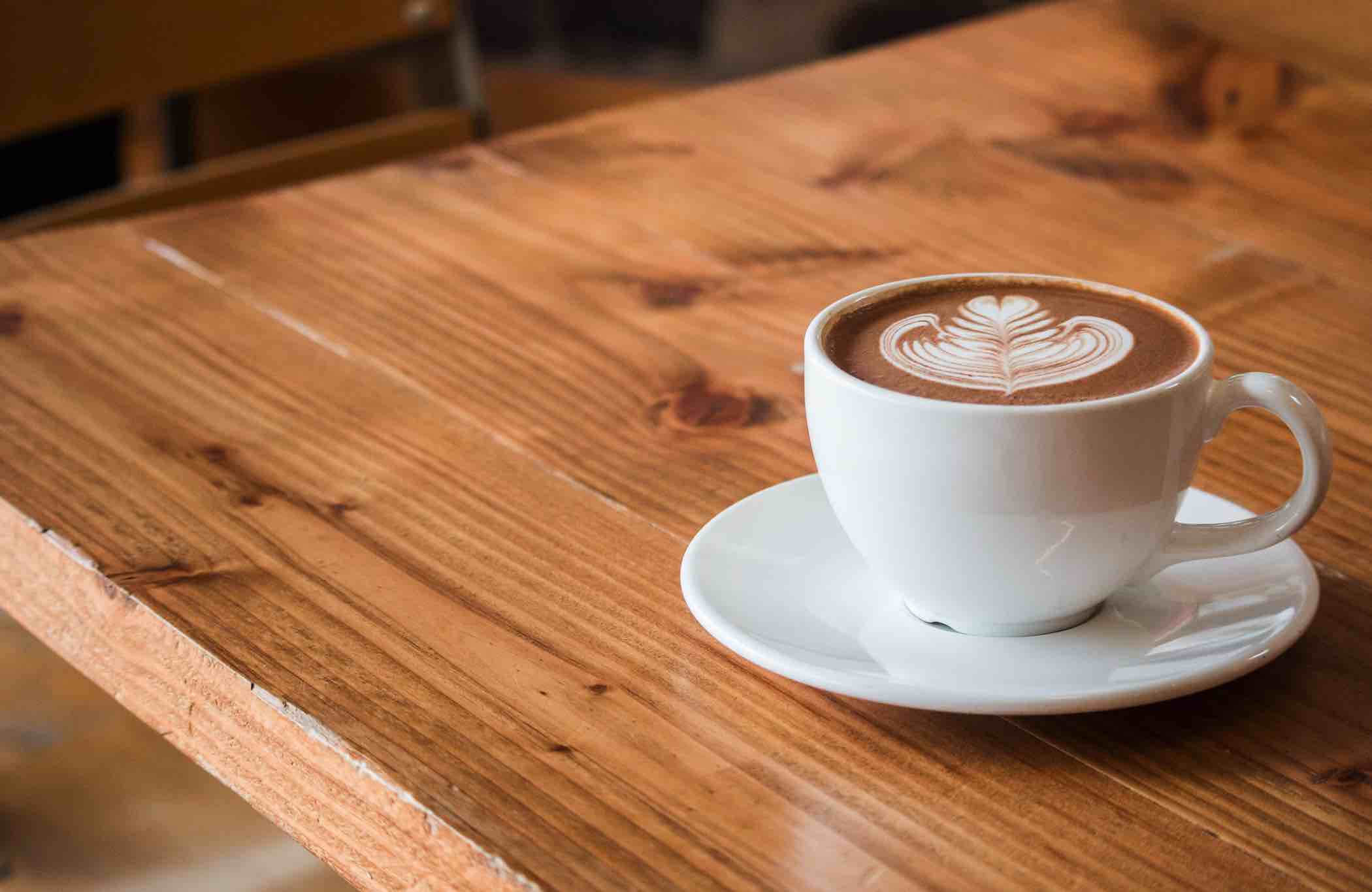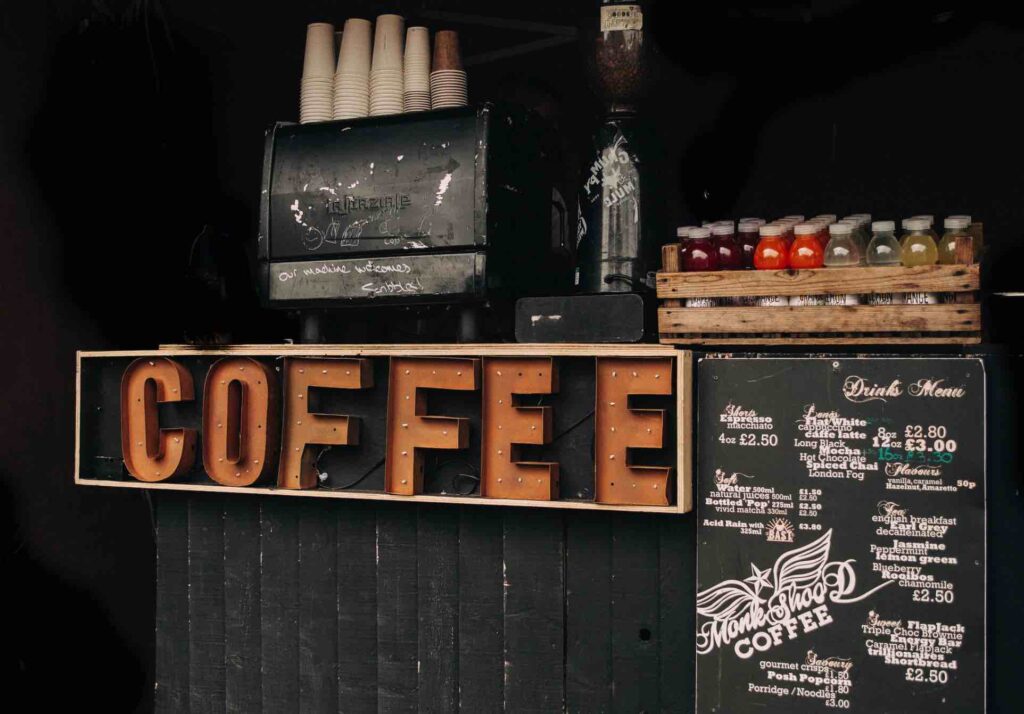Melbourne is known for its cafe culture. But what does this mean? Melbourne has a lot of small cafes that are open all day, so people can work or hang out in them without having to get up and leave. The coffee shops also have WiFi, which means you can get your caffeine fix while working on your laptop. This makes it easy to have meetings with clients, co-workers, or friends simultaneously! The cafés are also very welcoming places because they’re not just about drinking coffee – there’s plenty of other things like sandwiches and salads on offer too.
Melbourne is known for many things. It’s a bustling city filled with people, culture, and cafes. The cafe culture in Melbourne has been intertwined into the city’s identity since it was first established. This blog post will explore why this modern-day metropolis has become so popular among locals and tourists alike.
The Australian lifestyle is based around food culture, which can be seen through their high number of restaurants per capita. However, they are also well known for their coffee shops due to the idea that they have a “cafe culture.” In fact, Melbourne might just have one of the best café scenes in the world because of how integrated they are into everyday life there- from morning commutes to after-work drinks or weekend brunch dates with friends.
The Rise Of Melbourne’s Café Culture
In 1788, coffee actually first came to this lovely country with the First Fleet sailing from Britain. However, coffee and the locals didn’t exactly hit it off during this time. Perhaps this was because the coffee brought by the First Fleet was of questionable quality. Nevertheless, it actually wasn’t until the 1830s that cafés started opening up in Australia.
Historians have indicated that this was a result of the Temperance Movement in the 1820s. In short, this means that the abstinence from alcohol led former alcoholics and newly proclaimed teetotalists to seek out a new addiction. However, much like the first arrival of coffee, the addiction was short-lived. In fact, it wasn’t until the post-war 1950s that coffee began its revolution within Australia.
Sometimes referred to as an espresso boom, this period saw European immigrants fleeing to the warmer shores of Australia after the terror of the Second World War. As they populated and colonised, they soon realised they were missing the authenticity of their coffee from back home.
Therefore, these immigrants began setting up some of the first successful cafés in and around Australia. Many Italian immigrants did just this in the inner city suburbs here in Melbourne. Namely, Pellegrini’s Espresso Bar (still alive and selling today), Mario’s and Blackcat Café. The Italian immigrants treated coffee differently to how it had previously been treated, with much more focus on creating the best ‘crema’ for a tastier brew.
Fast forward 50 or so years, and coffee is a fundamental component of contemporary society in Australia. Simultaneously, café culture has become an undeniably ubiquitous entity in itself and a very real part of Melbourne’s own culture. Indeed, tourists now specifically visit Melbourne due to its infamy as the coffee capital of Australia. But how did this post-war trend become an entrenched part of daily life and an intricate gene in Melbourne’s DNA?
The answer is simple.
We now live in a society that prides itself on being social, whether in the literal or technological sense. The rise of social media, blogging and photo sharing has meant an increased need to appear fashionable and chic. What a person eats and drinks are directly related to this increase. So, when we order our cappuccino, latte or flat white and four minutes later are presented with a beautifully crafted beverage with a foamy swan embossed across the top, who are we to deny the world a perfectly edited picture of it?

Firstly, imagine this on a grand scale. If the same thought occurs for every coffee lover, that is a lot of people sharing pictures of their coffee with the location as the café. Secondly, now take into account the ritualistic nature of a café. If you were to go into a café where the coffee is great, and the atmosphere and staff are friendly and inviting, would you go back? For most people, the answer would be yes.
It is precisely for these reasons that cafés have multiplied here in Melbourne and throughout Australia. Even more significantly, compared to European counterparts, Australia’s climate is much more suited to outdoor dining, therefore, incorporating sunny weather into a positive café experience. What is clear is that trends in globalisation encourage us to be more social, and cafés provide a space in which to do just that.
However, the best thing about café culture nowadays is that whilst adhering to the belief that coffee is social, you do not have to be social in a café. Often, cafés provide shared public spaces where coffee lovers can enjoy their brew in peace, catch up on some reading, or bring their laptop and do some work. Therefore, there is almost a paradox that whilst being anti-social, you are simultaneously being social – after all, you are in a café where the atmosphere is inherently social – making the taboo of being alone socially acceptable.
Why Melbourne Has The Best Cafes In The World
Does Melbourne have the best cafes in the world? What a question – who’s been everywhere, who has even tasted the coffee in every country? But it makes you think about what makes Melbourne cafes so good, and it’s an excuse to spend some time investigating. So after lounging at communal tables around town, we came up with 11 reasons why we think Melbourne’s cafes are the best.
Neighbourhood Vibe
Melbourne cafes have no template for a “Melbourne cafe”: the best are embedded in their neighbourhoods and take their character from them, in design and food and in the kind of people who hang out in them.
So in Collingwood, you might find yourself drinking filter coffee in an old shopfront that’s been converted (with sledgehammers and paint rollers) into a downbeat brew bar (Everyday Coffee) alongside a tableful of Macbook Air-tappers or sipping a silky flat white in a red-brick textile mill that’s become a destination for cafe-goers, like Proud Mary.
South of the Yarra, it could be that back-lane building that became the prototype warehouse cafe (St Ali) or The Kettle Black, which emerges surprisingly from a grand, lacy terrace house with a postmodern apartment block grafted on top.
In Brunswick, some young folk with beards and big glasses turn a dead corner shop into a good spot to hang out and drink coffee, and the whole neighbourhood joins in. At A Minor Place, the corner comes alive with benches on the footpath, dogs hitched to the old verandah post and crowds at the tables inside.
In Reservoir, another row of dusty shopfronts in a forgotten side street gets an op-shop refit to become Lady Bower Kitchen, while in Kew, a brother and sister convert their local milk bar, keeping the homey feel and the lolly jar on the counter, but adding a Synesso and food from a one-page menu of suburban brunch faves at Adeney Milk Bar.
Footscray has a new cafe made, appropriately, out of shipping containers planted on a landscaped vacant lot (Rudimentary); Carlton has Brunetti, the last word in New World Mediterranean style, a cafe that never sleeps and where the brass and marble trace the journey of Melbourne’s Italians from the poorhouse to townhouse; while the CBD is dotted with coffee holes in unlikely places – from station underpasses and switchboard cupboards to office lobbies and the portico behind St Paul’s – and it seems there’s a smart coffee bar down every one of Melbourne’s famous laneways.
They’re Not All In Fitzroy
Even if sometimes it seems that way. Good cafes are spread through suburbs as diverse as Reservoir (hello again Lady Bower Kitchen) to Mordialloc (Hendriks), Gardenvale (Omar and the Marvellous Coffee Bird), Werribee (Corinthians), Burwood (Foodrinkery) and beyond. Build it, and we will come – for good coffee, creative, tasty food and casual but special spaces to enjoy it in.
Not Just For Hipsters
There might be colourful tattoos, big glasses, craft beards and skinny jeans; but not everyone can be pigeonholed by eyewear or facial hair. Earlier this year, research by Roy Morgan found that 63 per cent of Melburnians went to cafes to drink coffee – we can’t all be hipsters or ladies having lunch. You also see workers swinging corporate lanyards or wrapped in high-vis vests, parents with pushchairs and dog-walkers with poodles, schnoodles and Labradoodles. We might be catching up with old friends, indulging in a family ritual, taking preschoolers for a morning stroll, hatching plans for a project, working on a thesis or just whiling away the afternoon. A cafe is a place to do all those things in Melbourne.
The Communal Table
A big, low table made for lounging close to the ground or a high table with stools to match could be the symbols of early 21st-century Melbourne civilisation. The communal table is one of the important ways our cafes mark themselves as shared public spaces where the only price for taking part is the cost of a cup of coffee. Communal tables help make cafes a place where it’s OK to be alone in public, where people respect your existential bubble but also share it. So you can bring your laptop or your book-club novel or just yourself. The communal tables in our cafes have no time limit on them.
Start-Up Culture
Cafes are remaking Melbourne’s public space, and although they are still about consumption, it’s local and personal, and the owners are mostly small business people. They are often young, energetic and entrepreneurial, a sign that you can make your way in Melbourne with a good idea and hard work. Cafes give us an enlarged sense of what it means to live in this city, with a connection to the community that chain stores and shopping malls can never make.
What is Melbourne Coffee Culture, and Why is it Special?
Everyday, we have customers walk into our stores who inquisitively pose what makes Melbourne’s coffee culture so unique and admirable? At Bluestone Lane, we often refer to coffee culture as being about an experience, an escape where you can disconnect and enjoy thoughtfully made premium beverages and food. However, a Melbourne coffee experience is actually made up of rich layers and sophistication.
The website Good Food in Australia has just published an insightful critique into Melbourne Coffee Culture and has discovered that it’s part of the city’s fabric and DNA. Good Food proposes that Melbourne has the world’s best coffee culture quite simply.
From innovative coffee beverages, the exotic flavors of complementary foods, through to the power of the communal table, the Melbourne scene is so much more than just premium Flat Whites. It’s a way of life and true piece of pride for Melbournians and Australians.
A Capital of Coffee Culture
Melbourne is a mecca to the coffee lover. Curious explorers wander through the city’s laneways, stopping at cafes to take a seat on a stool or milk crate under colourful graffiti works by talented street artists. Melbourne is said to have more cafes per person than any other city on the planet. Being one of the first places to embrace specialty coffee, locals are accustomed to cafes involved in all steps of the supply chain and want their coffee beans to be fair trade and freshly roasted.
Espresso is the coffee of choice in this artistic city, with ‘flat whites’ being most popular. You will also find filter and cold drips, too, especially in the hot summers, and milk types catering to all tastes and dietary needs — from full or light cream cows’ milk, to soy, almond, and the increasingly popular oat milk.
ST. ALi
Part of the fun of ST. ALi is finding it. Unless it is brightly decorated with colorful balloons, paint or posters — as it sometimes is — the plain white, oblong shaped cafe, with no signs, blends in with the other unassuming, low-height buildings of the neighborhood. Its modest exterior beguiles an avant garde soul.
The warehouse style space used to be a St John’s Ambulance hub. Giant red semi-circles from the site’s former medical life can be spotted on the floor beneath the mismatched furniture and industrial decor. The body of the building has been left untouched, while the decor and artwork are changed seasonally with the coffee and menu. The entire space often transforms from a coffee and food hub to a party house with live music. “We pushed the envelope with coffee, and we pushed the envelope with food,” owner Salvatore Malatesta said.
St. ALi has been operating for 15 years and claims to be one of the first Melbourne cafes serving specialty coffee and restaurant quality food. Since it opened its doors, ST. ALi has attracted a cult following. Word is even Quentin Tarantino has visited (who hopefully ordered the Royale with Cheese burger). The recommended signature drink is the Dali Drip, a chilled filtered coffee served in ‘a tall fancy glass’ with ice, maple syrup, native wattleseed and whipped cream.
Seven Seeds
Turning its back on mass produced, untraceable coffee, Seven Seeds is all about direct sourcing from Africa and the Americas. Transparency is their game. They not only tell customers where and how their coffee is purchased. They also share how much producers are paid. Their main cafe, located near Melbourne University, brims with life. The converted warehouse is a large space, sitting close to 100 people. Its deep blue facade makes it easy to spot.

And its all day menu serving breakfast, brunch, and lunchtime favorites means there’s always something for everyone to eat. Melbourne feels like its thriving specialty coffee culture has been buzzing along for hundreds of years. But there were those at the start who shaped it, like Seven Seeds in Carlton. It was first set up in 2007 to roast beans for another cafe in the city, Brother Baba Budan, owned by the same people, before becoming one of the early cafe-roasters.
The people behind Seven Seeds, Bridget Amor and Mark Dundon, are established roasters in Melbourne who you can trust to serve great food and make a delicious espresso, filter or batch brew coffee.
Industry Beans
Industry Beans’ flagship location is in the trendy Melbourne suburb of Fitzroy, where bohemians and young professionals live side-by-side. This cafe-roastery is all about beans and brunch in the ivy-walled courtyard of a warehouse conversion. You can’t get more Melbourne than this. And frankly, sitting outside in the mottled sun is delightful.
Industry Beans opened in 2013. Like many of their peers, they are experts in ‘sourcing, roasting and brewing coffee’. Their point of difference is their Instagrammable brunches, that would be too pretty to eat if they weren’t so delicious. The menus are seasonal, and Autumn includes a coffee rubbed wagu burger and a salad of massaged kale, grains, pomegranate, heirloom tomato, compressed pear, and snow pea tendrils.
Even their ‘smashed avocado on toast’ — a staple in Australian cafes — steps it up by adding chevre, charred lemon, beetroot dust, and green tea sea salt. As for the coffee, every two weeks, Industry Beans in Fitzroy introduces a new single origin for filter and espressos. They do cold brews on tap, and a delicious summer treat called the Coffee Bubble Cup. It combines coffee soaked tapioca with cold drip coffee and a house-made concoction of condensed and soy milk that they called ‘consoy’.
